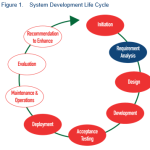Planning to use American Rescue Plan (ARP) funds to improve your data system? Wondering where to start with system upgrades and enhancements? Need to communicate data collection needs and timelines or federal requirements on use of the funds to diverse stakeholders?
Coffee Talk Series: Using ARP Funding to Improve Part C and Part B 619 Data Systems










